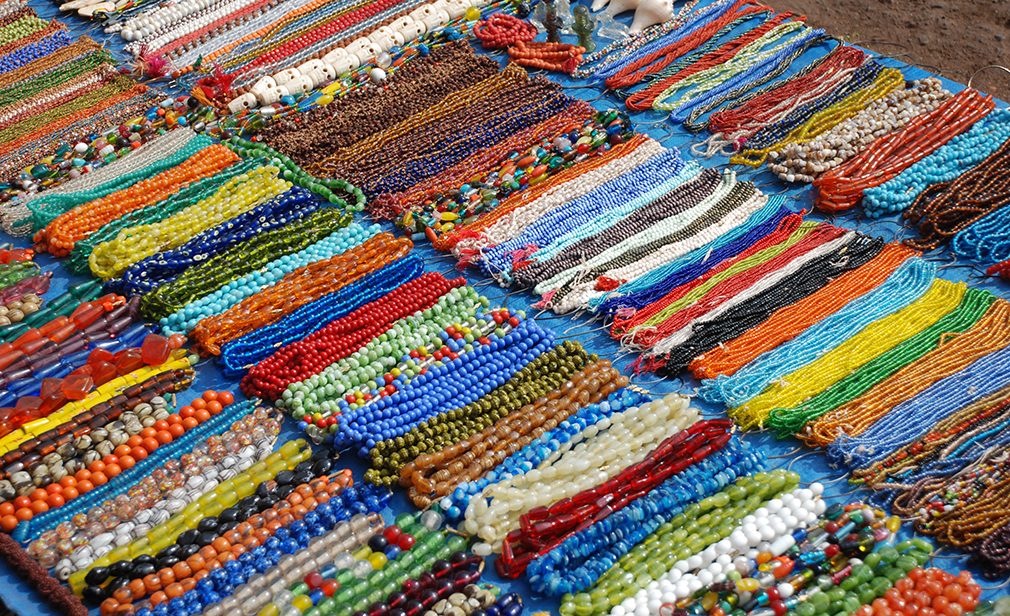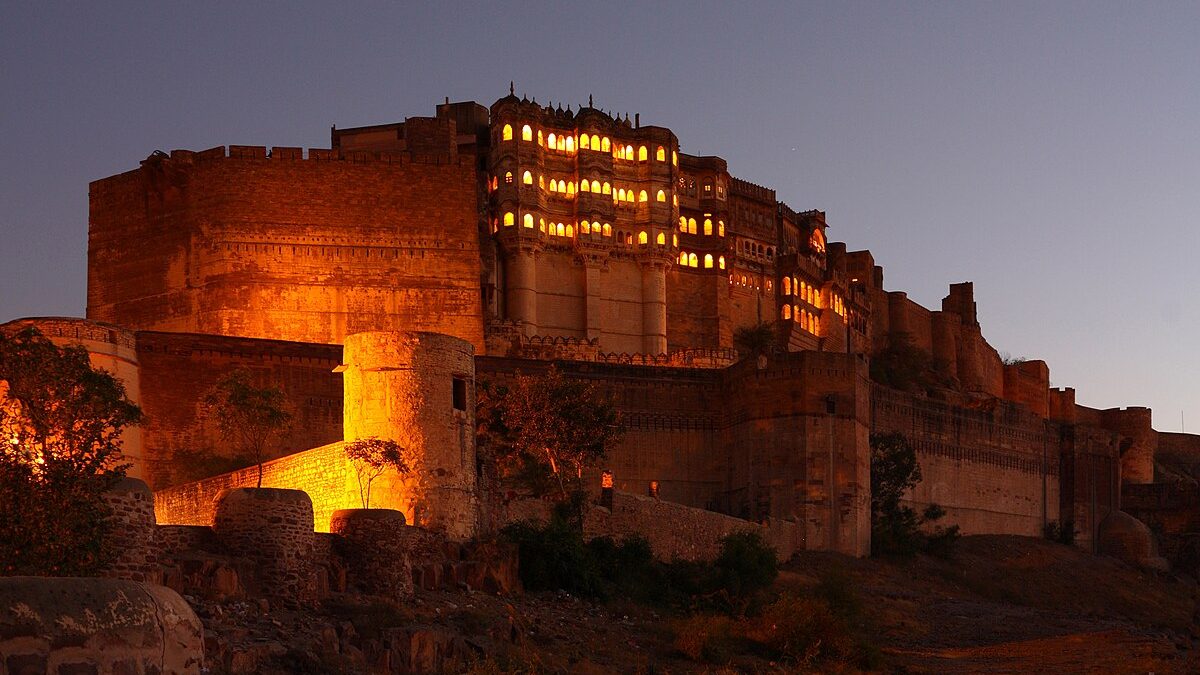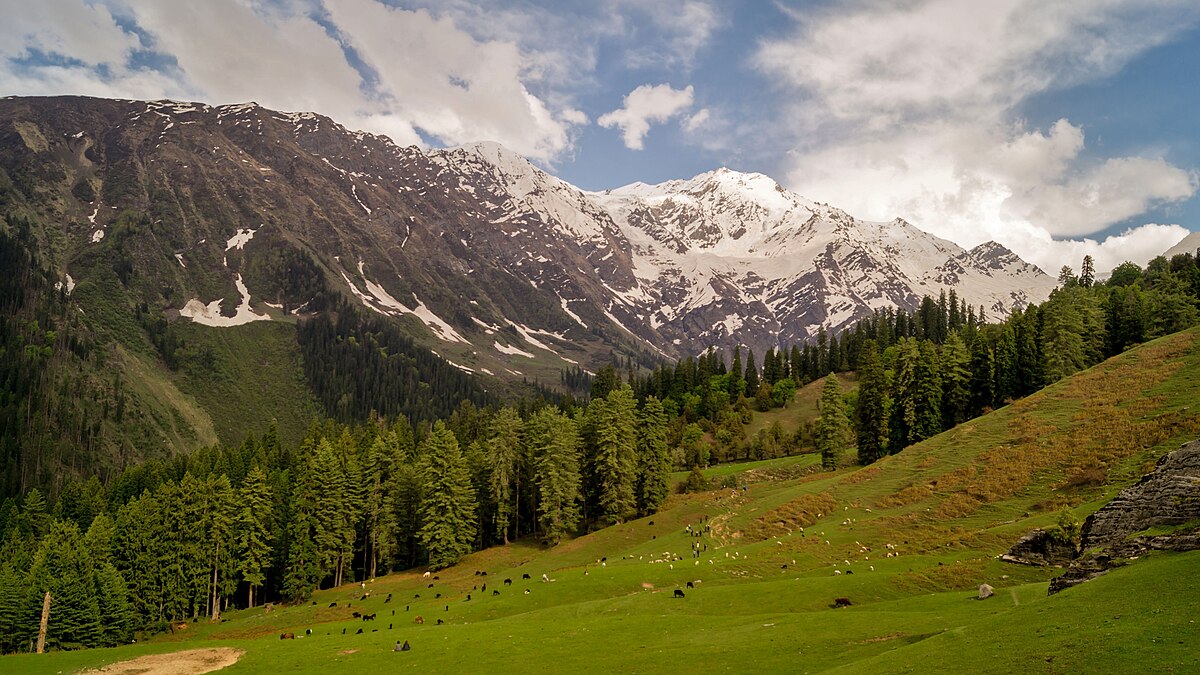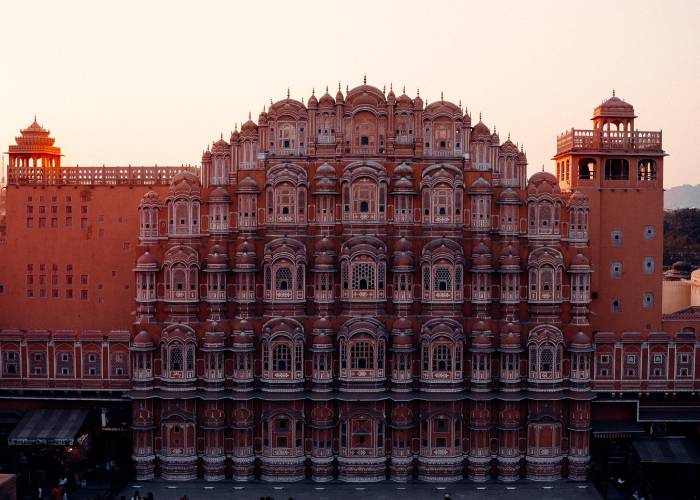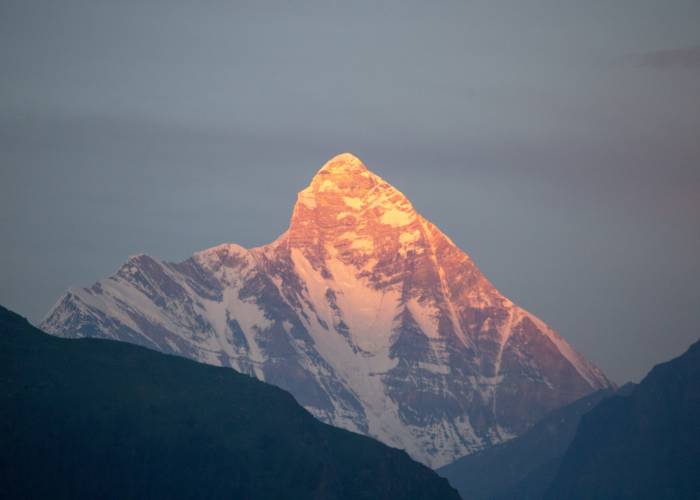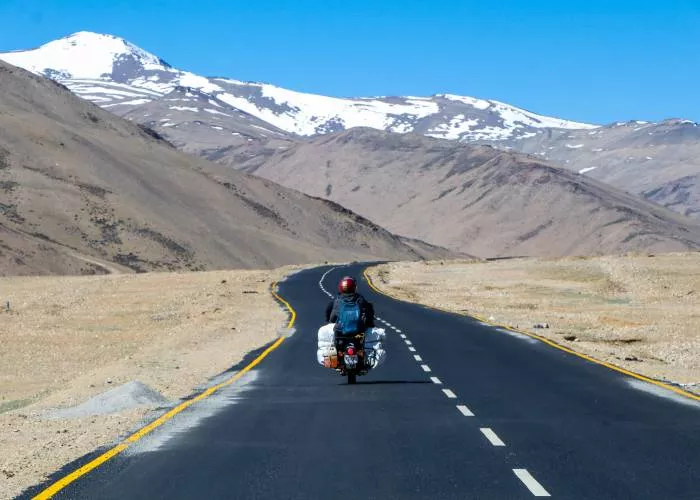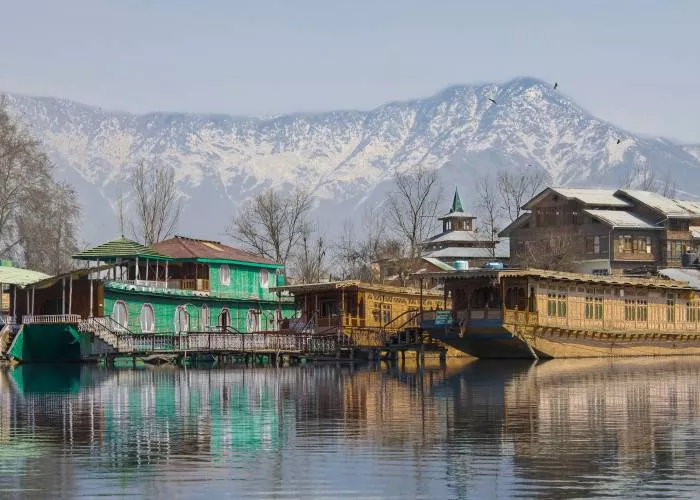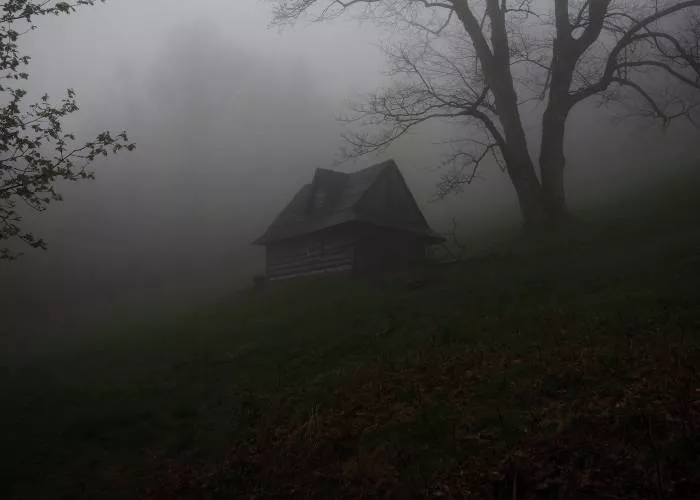Reasons to Make the Great Lakes Kashmir Trek Right Now
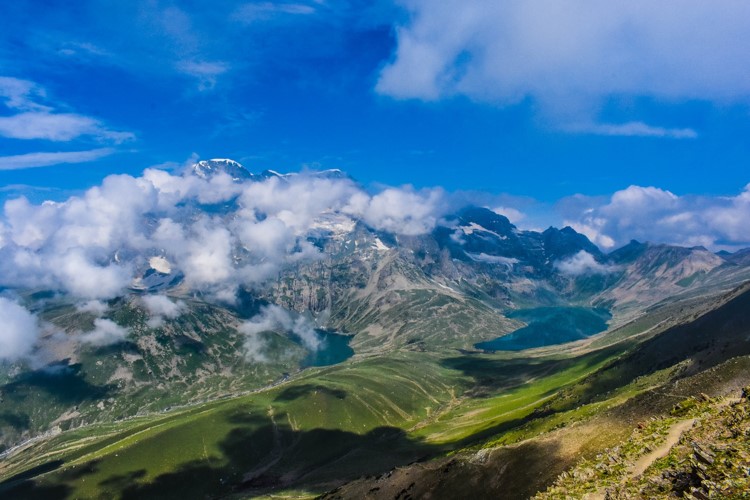
About Reasons to Make the Great Lakes Kashmir Trek Right Now
The Kashmir Great Lakes are known to be some of the most scenic and beautiful lakes in India. All six of the lakes have clear waters the likes of which you have never seen before. These natural mirrors make the beauty of the mountains and glaciers around them even more astounding. The so-called KGL trek is truly the best of the already beautiful Kashmir. But beauty alone does not make a great trek. So here are some reasons why the Great Lakes Kashmir Trek is one that you absolutely cannot miss.
It’s a moderate trek that is suitable for anyone
The Kashmir Lake trek is classified as ‘moderate’. There is no mountaineering but some sections have slightly steep climbs and boulder crossings. Since the trail passes through three mountain passes, there are no easy exits which also raises the difficulty from beginner to moderate. The speed of the trek is not demanding at all, however you will have long trekking days that require both physical and mental endurance.
The trek is also advantageous from a safety viewpoint for one other reason. Among most of the treks in the region, it has the lowest risk of Acute Mountain Sickness. Many of the mountain passes are pretty high with a maximum elevation of 13,800 feet, but the camps are all at lower altitudes. This is why the trek is really safe and all the necessary precautions against AMS are taken when planning it as well.
See some iconic sights on this Kashmir trek
During the trek, you may encounter the Nanga Parbat, which is the ninth highest peak in the world. It stands at a proud 26,660 feet and overlooks the Indus river on one side. It can scarcely be described in words and is a sight to behold.
The very first day of the Great Lakes Kashmir trek begins with a scenic drive from Srinagar, Kashmir to Shitkadi, Sonmarg. On your way, enjoy 360° vistas that leave you wishing you had a better camera. Once you reach, the Sonmarg temperature is pleasantly cooler than in the city. Shitkadi is inhabited by the oldest and longest-standing community in Kasmeer. It is absolutely rife with culture and history for you to soak in.
Ready for the three great crossovers?
A Kashmiri mountain crossover is the peak of adventure and this trek crosses three of them. These passes are the highest points of the trek both literally and metaphorically. Both the altitudes and your sense of accomplishment are high when you cross these passes to see beautiful waterfalls and lakes below.
Nichnai Pass, at 13,229 feet, is the lowest pass on the trek by a small margin. It’s a pretty fast ascent but thankfully you will also descend pretty fast without staying for long, as well as being given adequate time to acclimatise on the way up, so there is very little risk of AMS. It’s a lovely pass that follows waterfalls and streams on the way down.
Gadsar Pass is the highest pass at 13,800 feet. It has both a steep ascent and a steep descent but it eventually levels out into meadows. This is a pass with really colourful surroundings that are full of vibrant flowers. Although it is possible to camp near the top, it is not recommended and we will be camping further below.
Zaj Pass is at an elevation of 13,276 feet. It’s made up of three main ridges, approached via a zigzagging pony track. The ridges are not too far apart and you can get to the top in a few hours with minimal breaks. An interesting fact about this pass is that the lakes at the top are not actually at the same place as the pass. They are a little further along, after a small descent and ascent.
Visit not one but two double treats
The lakes on kashmir great lakes trek require a lot of hiking to reach them and once you finally see the view you get a sense of accomplishment. At two of those sites, though, it feels like you got a bonus offer: twin lakes. Not only do twin lakes give you a nice ‘two for the price of one’ feeling, they also reflect light off of each other and make the all-around scenery seem twice as beautiful.
The first set of twin lakes that you will visit is Vishansar-Kishansar on day 3 of the itinerary. They are reached after crossing the Nichnai Pass and stay frozen from October until July. A startling blue in the daytime, the Vishansar lake reflects the Kishansar peak beautifully to make a pristine view. These lakes are a popular grazing spot among shepherds who bring their sheeps here and you can have some pretty interesting conversations with them.
The second set of twin lakes is Gangabal-Nandkol. Visible from the top of the Zaj Pass, these lakes are also accompanied by some smaller unnamed lakes. They’re a fair bit more popular amongst tourists than Vishansar-Kishansar and hence slightly less clean. They’re also a delight for trout fishing if you have permission, and can be traversed by a 20 minute walk that crosses a small bridge.
The best time to take the trek is now
The advantage of doing monsoon treks in or near the Himalayas is that both the temperature and the rain are mild. The snow melts and the lakes become blue once again, making treks both easier and prettier. Plus, since the rains are present but not too heavy, greenery blooms everywhere and treks are still pretty safe. Hence, the best time to do the Great Lakes Kashmir Trek is from July to September. Kashmir in June faces little to no rain but is also comparatively colder than it is in July. The snow only fully melts by July. Similarly, it starts getting colder again in October and the snow sets in once again after that. Therefore the best and safest time to do the trek is between July to September, which is right now! If you’re looking for a vacation, this is a sign to do this trek ASAP.
Looking for more? Try out the Iconic Valley of Flowers Trek
So this was the complete blog about Great Lakes Kashmir of Moustache Escapes. If you can’t get enough of travel, check out our social media, our blog, and our website.

